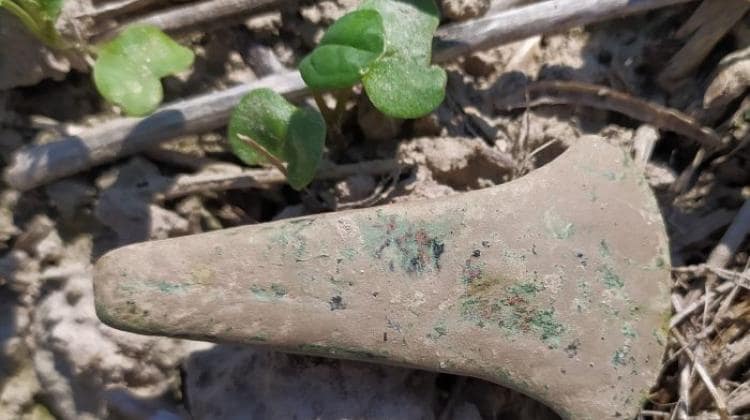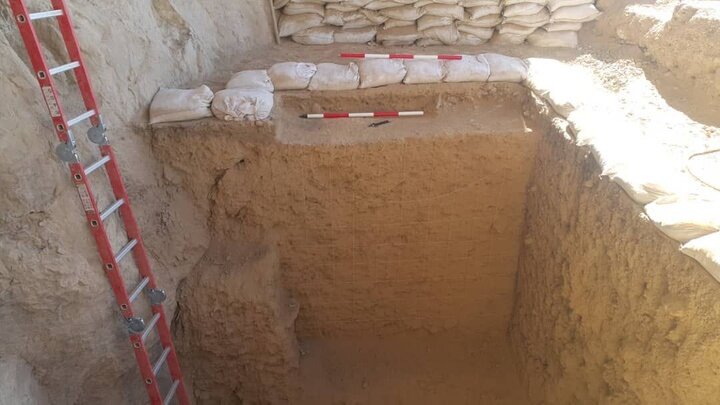Archaeologists have discovered a 2,000-year-old tomb from the Roman settlement in Heerlen, Netherlands. Recent analyses indicate that the tomb belonged to a Roman soldier named ‘Flaccus.’
This finding is being celebrated as the “most distinctive evidence of Roman presence in this area,” marking the first instance of a Roman tomb from 0 AD that includes a name identifying its occupant.
The recent discovery made during ongoing excavations at Raadhuisplein (Town Hall Square) sheds new light on Heerlen’s history as Coriovallum, a Roman settlement strategically located at the crossroads of significant Roman roads.
Archaeologists from ADC ArcheoProjecten unearthed the grave while working on a renovation project at Raadhuisplein in late November 2024. Initially, the rectangular shape and discolored soil of the pit led researchers to believe it was a cellar. However, the presence of cremation remains clarified its true purpose.
According to a statement from the municipality, the tomb also contained a piece of a La Tène bracelet, pottery fragments, and three intact Roman Terra Sigillata plates. Notably, one of these plates featured the abbreviation “FLAC,” which is a nickname for Flaccus, etched into its surface.

Experts have identified the name ‘Flaccus’ from the abbreviation FLAC, which was inscribed on a bowl found in the tomb, according to a media release. “Alongside the bowl, the researchers uncovered a bronze skin scraper and four distinct plates. The pottery, originating from Italy, supports the conclusion that Flaccus was a Roman soldier. This discovery is particularly significant as it represents not only the oldest Roman tomb in Heerlen but also the first instance of a known name from this site,” the statement explained.
Raadhuisplein, situated near the ancient roads Via Belgica and Via Traiana, served as a crucial site within the Roman settlement of Coriovallum, which was the Heerlen of that era. This square is a remarkable location where 2,000 years of history converge, gradually revealing the complete narrative of Heerlen.
These remarkable finds enhance our understanding of Heerlen’s rich history and its Roman heritage.
Cover Image Credit: Municipality of Heerlen/Facebook
















